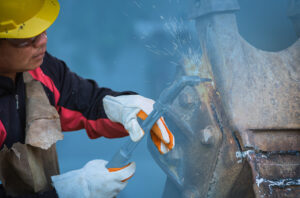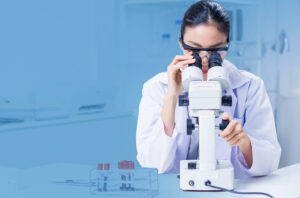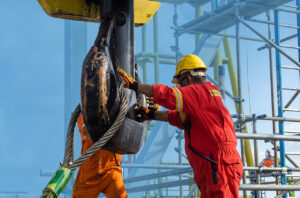Ionising radiation can be found in a number of industries including nuclear, medical and veterinary, manufacturing, engineering, non-destructive testing, research, teaching, radiography and others.
Radiation is called ionising when it has sufficient energy so that when it interacts with an atom, it can remove electrons from the atom’s orbit causing it to become charged (or ionised). Workplace exposure can also arise from naturally occurring sources such as radon gas and the processing of some rock and metal ores.
Previously we reported of the regulations that cover workplace exposure to ionising regulation were being updated in line with changes in EU directives. These changes included reducing dose limits for exposure for the lens of the eye and a new system of authorisation for work with ionising radiation involving a three-tier system of regulatory control, notification, registration and consent which replaces the previous requirement for notification and prior authorisation.
The HSE have now published a new approved code of practice to these regulations, this can be downloaded from their website at: https://www.hse.gov.uk/pubns/books/l121.htm
There is now a requirement to put procedures in place to estimate doses to members of the public and the requirement for notification has been changed to a lower level of activity.

Employment Rights Bill – Government Publishes Implementation Roadmap

The Sun’s Out – Time To Get The Shorts Out?

Updated Gas Safety Guidance

Revised Bloodborne Viruses Guidance

New High Consequence Infectious Disease Guidance for Care Providers
